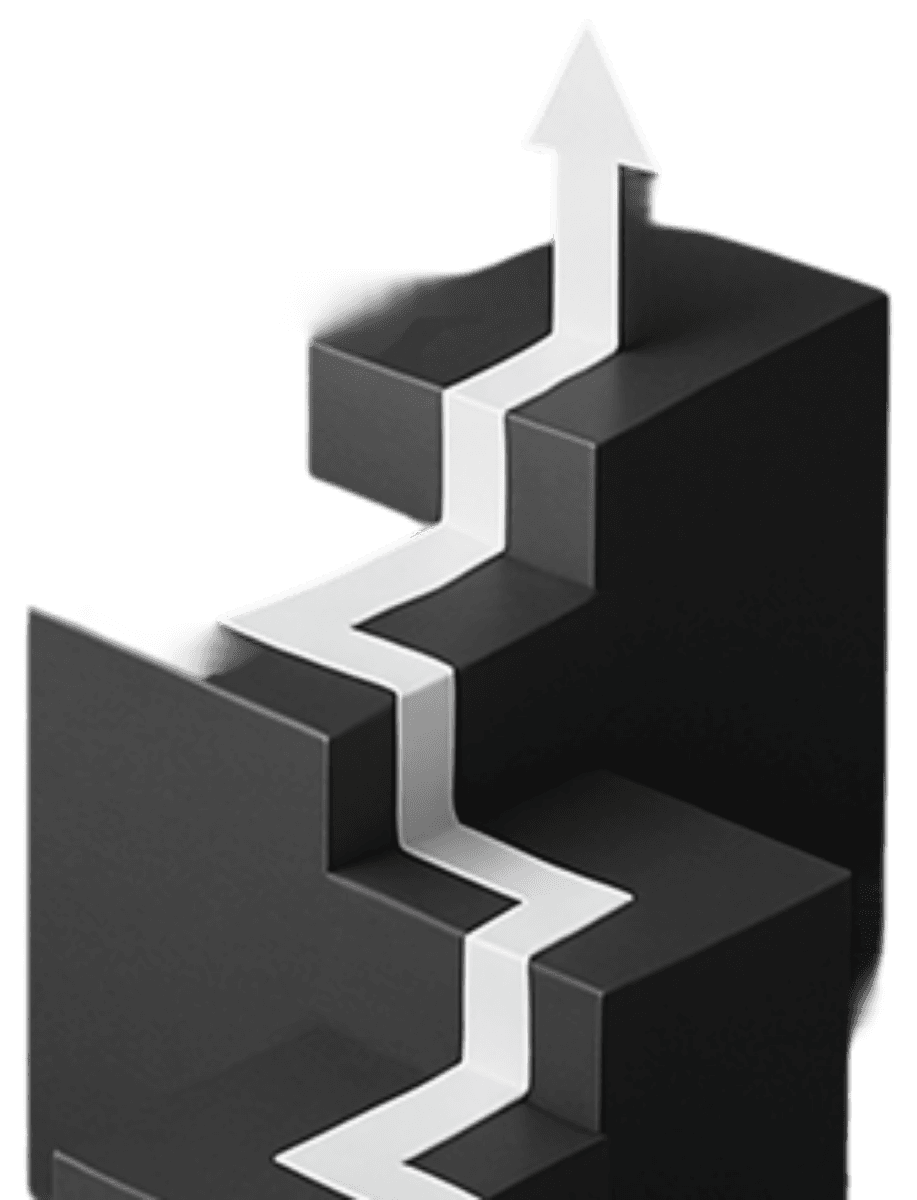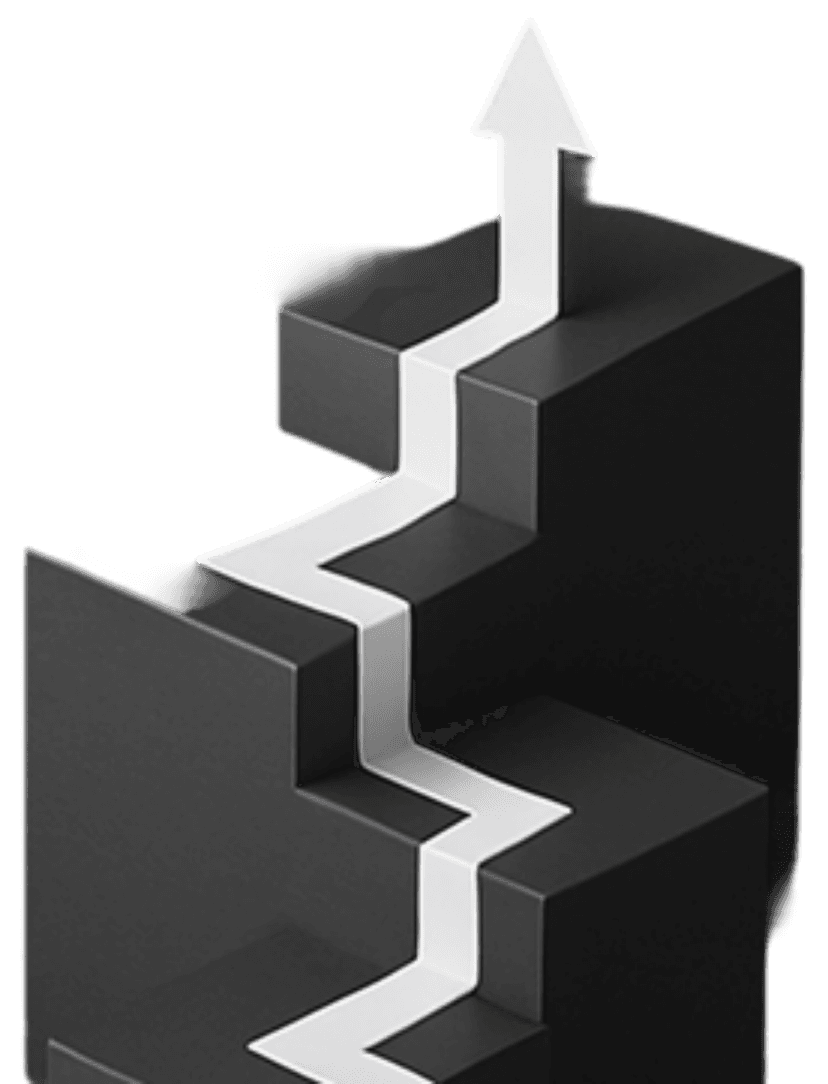Overview
In today's fast-paced world, entrepreneurial mindset is an essential disposition. It refers to a set of beliefs, thought processes, and ways of viewing the world that drives entrepreneurial behavior. Acu-13 Assessment explores entrepreneurial acumen by tapping into the ability to innovate, think strategically, and plan effectively.
Framework
The assessment consists of 3 salient clusters tapping into 13 unique dimensions.
Vision
Envisions- Plans for the future by creating a clear business vision.
Articulates- Paints a compelling picture of the vision.
Anchors- Drives others to execute the vision.
Navigates- Navigates uncertain and ambiguous situations.
Innovation
Investigative- Tests out new ideas and methods.
Ingenious- Applies multiple perspectives to look beyond established practices.
Zealous- Masters existing capabilities through a learning outlook.
Resourceful- Innovates within constraints.
Dynamic- Adapts to a variety of situations and individuals.
Action
Capitalizing- Seizes strategic opportunities to drive growth.
Discerning- Identifies and evaluates possible risks and their effects.
Preemptive- Creates contingencies to overcome potential roadblocks.
Swift- Harbors a bias towards action and adopts an iterative approach.
Use Cases
High-Potential Identification
Development & Promotions
Test Description
Each dimension consists of a set of statements that are presented to the participant. The short statement is followed by response options on a 4 point Likert scale (For example: Disagree to Agree). Participants are required to select one option out of four. There are no right or wrong answers. Instead, scores are used to determine where the participant stands on the dimension continuum.

Each dimension consists of a set of statements that are presented to the participant. The short statement is followed by response options on a 4 point Likert scale (For example: Disagree to Agree). Participants are required to select one option out of four. There are no right or wrong answers. Instead, scores are used to determine where the participant stands on the dimension continuum.
key details
- Testing Time30-40 Minutes
- Target AudienceMiddle Managers, Senior Leaders
- LanguageEnglish + Other Languages on request
- TeamOur experts with I/O Psychology backgrounds follow guidelines of the BPS (British Psychological Society)
- ModelThe ACU-13 Entrepreneurial Acumen Assessment is inspired by theories of entrepreneurship and business acumen by eminent psychologists like David McClelland, Frederick Frese and Joseph Schumpeter.
Rigour of tool
- Reliability
- Validity
- Norm Development
Relevant for Industries
IT/ITeS
BFSI
Pharmaceutical
Manufacturing
FMCG
Hospitality
Retail
Report
Take a look at the individual report that is delivered to candidates who take the ACU-13 Entrepreneurial Acumen Assessment

Why use ACU-13 Entrepreneurial Acumen Assessment?
The benefits of Entrepreneurial mindset extend well beyond entrepreneurship! By measuring dimensions needed to plan for the future, manage risks, learn from failure, think creatively and identify opportunities, Acu-13 powers your talent decisions and enables an agile workforce.

The benefits of Entrepreneurial mindset extend well beyond entrepreneurship! By measuring dimensions needed to plan for the future, manage risks, learn from failure, think creatively and identify opportunities, Acu-13 powers your talent decisions and enables an agile workforce.
Benefits
- Enabling PeopleAn introspective and empowering experience to unravel one’s entrepreneurial acumen.
- Seamless ExperienceEasy to navigate interface. Deploy our assessments and get fast results.
- Insightful reportsDecipher reports with ease. Get insights into entrepreneurial mindset & underlying dimensions.
Build your custom talent solution.
Through Jombay's assessment technology platform, the ACU 13 Entrepreneurial Acumen Assessment can easily be combined with other assessments, simulations and video interviewing tools to create a bespoke solution for your organization's specific requirements.


Contact Us
Do you want to know more about our Assessment and Development Centers?
Fill out this form to get in touch.
Fill out this form to get in touch.
By clicking submit you are agreeing to the Terms and Conditions.
